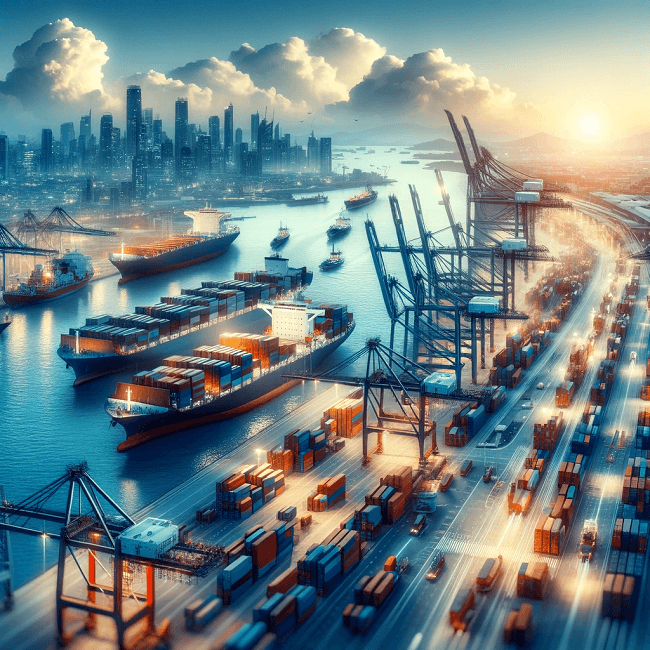The shipping industry, often referred to as the backbone of global trade, has been experiencing a significant transformation in recent years. This transformation is driven by a combination of technological advancements, evolving global trade patterns, and increasing environmental awareness. These factors are creating a plethora of opportunities in various sectors of the shipping industry, ranging from technological innovation to sustainable practices.
Table of Contents
Technological Advancements
One of the most significant drivers of change in the shipping industry is technology. The adoption of digital technologies is reshaping the industry in several ways:
Automation and AI
The integration of automation and artificial intelligence (AI) in shipping operations is enhancing efficiency and safety. Autonomous ships, although still in the developmental stage, promise to revolutionize the industry by reducing human error and operational costs. AI is also being used for predictive maintenance, route optimization, and cargo handling, leading to more efficient operations.
Blockchain and IoT
The adoption of Blockchain and the Internet of Things (IoT) in shipping operations requires expertise in digital technologies. This trend is creating jobs for software developers, data analysts, and cybersecurity experts, providing numerous opportunities for tech-savvy individuals to find work in the shipping industry.
Environmental Sustainability
The shipping industry is under increasing pressure to reduce its environmental impact. This has led to several opportunities:
Green Shipping
Investment in green technologies such as electric propulsion, alternative fuels (like LNG, hydrogen, and biofuels), and energy-efficient ship designs is growing. These innovations are not only environmentally friendly but also cost-effective in the long run.
Carbon Neutral Goals
Many shipping companies are setting ambitious carbon-neutral goals, aligning with global initiatives to combat climate change. This shift is fostering a market for carbon credits and incentivizing the development of low-emission technologies.
Expanding Global Trade
The expansion of global trade is another factor contributing to the growth of the shipping industry:
New Trade Routes
Melting Arctic ice is opening up new shipping routes, such as the Northern Sea Route, which significantly reduces travel time between Asia and Europe. This development is creating opportunities for shipping companies to explore new markets.
E-commerce Boom
The surge in e-commerce, accelerated by the COVID-19 pandemic, has increased the demand for shipping services. This trend is likely to continue, providing ample opportunities for shipping companies to expand their operations and services.
Challenges and Opportunities
Despite these opportunities, the shipping industry faces several challenges:
Regulatory Compliance
Shipping companies must navigate a complex web of international regulations, including those related to environmental protection and safety. Compliance with these regulations can be costly but also opens up opportunities for companies that can innovate to meet these standards.
Cybersecurity
With the increasing digitization of operations, cybersecurity has become a critical concern. Investing in robust cybersecurity measures is essential to protect against data breaches and cyber-attacks.
Skilled Workforce
The technological transformation of the industry requires a skilled workforce. There is a growing demand for professionals with expertise in digital technologies, environmental management, and international trade.
Conclusion:
The shipping industry is at a pivotal point, with technological innovation and environmental sustainability at the forefront of its evolution. While challenges exist, the opportunities for growth and development are abundant. Companies that can adapt to these changes, invest in new technologies, and commit to sustainable practices are likely to thrive in this dynamic industry. As global trade continues to expand and evolve, the shipping industry will remain a critical component of the world economy, offering vast opportunities for those ready to innovate and adapt.
